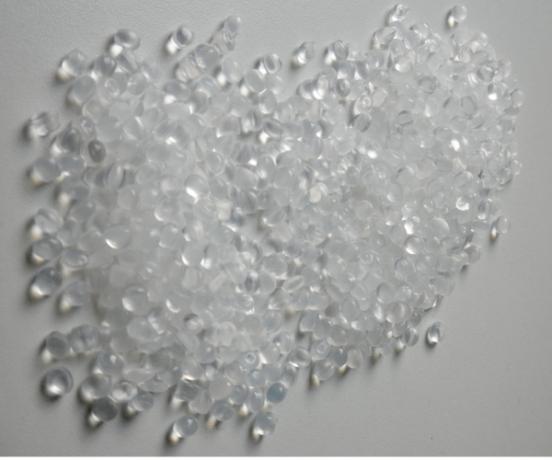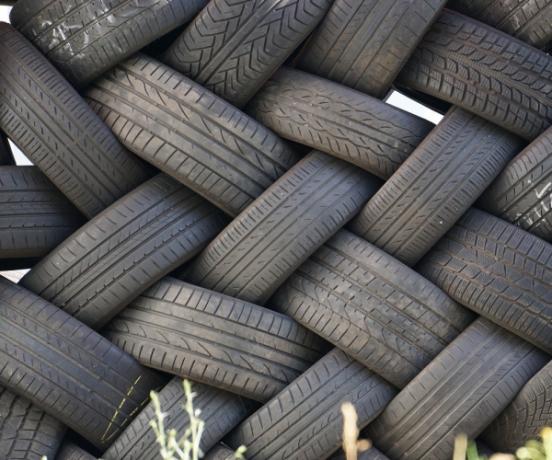The polymer originates from the Greek expression polymers, which means "many parts". he is a macromolecule formed by several other smaller molecules, which repeat and link along a chain.
Each small molecule that makes up this large chain is called a monomer, connected through a covalent bond.
Polymer is one of the most used materials, in addition to metal and ceramic. Plastics, bags and PVCs are some of the many examples of polymeric materials, used on a large scale today.
Types of polymers
The reaction that will result in the binding of the monomers is the polymerization. That is, only through a polymerization reaction is it possible to bind the monomers and form the polymer.
Polymerization depends on a chemical reaction to bind the monomers, and thus designate the polymers resulting from the processes in two types:
- Addition Polymers: it is when there is an addition of monomers in the chain repeatedly. In this case, the monomers are the same;
- Condensation Polymers: it is when there is a condensation between two different monomers, which can have two or more functions within the chain when forming the polymer.
Classification and examples of polymers
We can classify polymers on different factors. See below for a list of classifications of these macromolecules and their examples.
As for the origin
Within this classification, we find the polymers:
- natural, which can be found ready-made, in their natural form. In most cases they are prepared to be used in other formats. Example: starch, cellulose and DNA.
- you synthetics, unlike natural ones, are polymers produced and manipulated artificially in laboratories. Example: PET bottle plastic and polyethylene.
 Polyethylene.
Polyethylene.
As for the thermal behavior
Classification for technical performance mainly involves the ability of a polymer to be molded in the heating process. Within this category, we find:
- thermoplastic polymers: are those that, when heated, mold themselves and are used for other purposes. This is because this type of polymer has a linear chain, that is, the monomers are normal or branched. Examples: acrylic and polyamide;
- Thermoset or thermoset polymers: are those that do not withstand high temperatures and decompose. This is because this type of polymer has a three-dimensional chain or network structure. Examples: plastic pan handles and vulcanized rubbers, such as those from car tires.
 Tires are made from vulcanized rubber, a type of thermoset polymer that breaks down at high temperatures.
Tires are made from vulcanized rubber, a type of thermoset polymer that breaks down at high temperatures.
As for your mechanics
Within the mechanical class of polymers, we find:
- elastomers: are those that can suffer any type of traction that does not get damaged or break. This is because their bonds are breakable, allowing them to be pulled back to their original state. This type of polymer is widely used in automotive and electronic parts, toys and moldable materials;
- Fibers: Unlike elastomer, when some traction is done on the fiber polymer, it breaks because it has a linear and cylindrical structure. Examples: rope, carpet and brushes.
As for the disposition of the monomers
Within this classification, we find the:
- homopolymers: are those formed by the same monomer, so they are considered addition monomers. the prefix homo indicates this homogeneous characteristic of this type of polymer. Example: polyvinyl chloride, known as PVC;
- Copolymers: are those formed by a coalition of different monomers, known as condensation polymers.
 PVC, example of homopolymer.
PVC, example of homopolymer.
3 main properties of polymers
We see and use objects with polymers every day, such as electronics and appliances. This is mainly due to the three main properties of this macromolecule. Are they:
- They have low density. That is, they are lightweight;
- They have high mechanical, electrical and chemical resistance;
- It has a low production cost, so they can be produced on a large scale.
See also the meaning of molecule.

